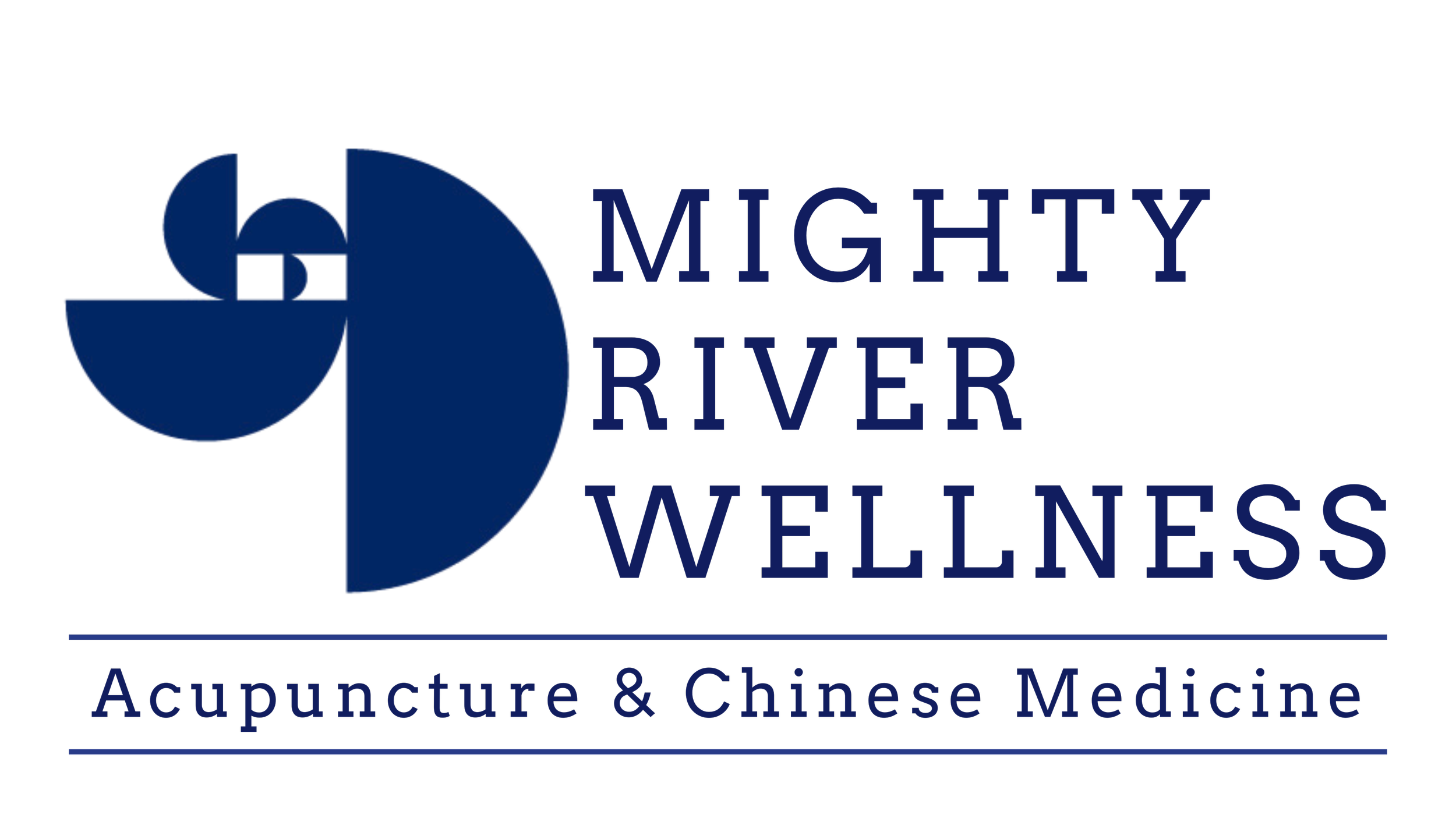The Benefits of Moxibustion for Breech Babies: Exploring Current Research
Discovering your baby is in a breech position can be a cause for concern. It can complicate the birthing process and may necessitate a C-section. Moxibustion, a technique from traditional Chinese medicine (TCM), offers a non-invasive approach to this issue. It aims to stimulate the baby to turn into the correct position for birth. In this article, we delve into the benefits of moxibustion for breech babies, exploring how it works, its effectiveness, and safety considerations, along with current research findings.
Understanding Breech Babies
A breech baby is one that is positioned feet or bottom first in the womb. This position can pose challenges during natural childbirth. The majority of babies turn head-down by the third trimester; however, about 3-4% of full-term pregnancies remain in the breech position (American Pregnancy Association, 2023). Understanding the breech position is crucial, as it helps expectant parents make informed decisions about their birthing plan, including considering options like moxibustion.
What is Moxibustion?
Moxibustion is a traditional Chinese medicine technique that involves burning a small, spongy herb called mugwort near specific points on the body. The heat generated by moxibustion penetrates deep into the body, stimulating circulation and inducing a smoother flow of vital energy, or "qi" (Maciocia, 2015). In the context of breech babies, moxibustion is used to encourage the baby to turn into the correct position for birth.
How Moxibustion Works for Breech Babies
Moxibustion for breech babies is typically performed on an acupuncture point on the little toe known as Zhiyin or BL67. The heat from the burning mugwort stimulates this point, which is believed to increase fetal activity and potentially encourage the baby to turn (Coyle et al., 2013). Although the exact mechanism of how moxibustion influences fetal position is still being researched, many parents have reported positive outcomes with this method.
The Effectiveness of Moxibustion
Research on the effectiveness of moxibustion for breech babies has shown mixed results. Some studies suggest it may help turn breech babies to the correct position. For example, a randomized controlled trial (RCT) by Cardini and Weixin (1998) found that moxibustion was effective in increasing fetal activity and turning breech babies. Another study by Guittier et al. (2009) supported these findings, showing a higher rate of cephalic version (head-down position) in the moxibustion group compared to the control group.
However, other studies have found no significant difference. A Cochrane review by Li et al. (2018) indicated that while moxibustion might increase the likelihood of cephalic version, the evidence was not strong enough to recommend it universally. It's important to note that individual experiences may vary, and further research is needed to confirm these findings.
Safety and Considerations
Moxibustion is generally considered safe when performed by a qualified practitioner. However, like any treatment, it may have potential side effects, including mild skin irritation or discomfort (Smith et al., 2013). It's crucial to discuss these possibilities with your healthcare provider. Always consult with a healthcare provider before starting any new treatment, including moxibustion, to receive personalized advice based on your specific circumstances.
Finding a Qualified Practitioner
Finding a qualified practitioner for moxibustion is essential. They should have proper training and experience in this specific treatment. You can ask for recommendations from your healthcare provider, who may know practitioners specializing in moxibustion for breech babies. Remember, it's important to feel comfortable with your practitioner, so don't hesitate to ask questions about their qualifications and experience.
Conclusion and Next Steps
Moxibustion can be a beneficial option for turning breech babies. However, it's crucial to discuss this with your healthcare provider first. Every pregnancy is unique, and it's essential to consider your personal circumstances when making decisions. The current body of research offers promising, yet mixed, evidence on the effectiveness of moxibustion, highlighting the need for more comprehensive studies.
-
American Pregnancy Association. (2023). Breech Births. Retrieved from https://americanpregnancy.org/healthy-pregnancy/labor-and-birth/breech-births/
Cardini, F., & Weixin, H. (1998). Moxibustion for correction of breech presentation: a randomized controlled trial. JAMA, 280(18), 1580-1584.
Coyle, M. E., Smith, C. A., & Peat, B. (2013). Cephalic version by moxibustion for breech presentation. Cochrane Database of Systematic Reviews, (12).
Guittier, M. J., Pichon, M., Guillemin, F., & Boulvain, M. (2009). Moxibustion for breech version: a randomized controlled trial. Journal of Alternative and Complementary Medicine, 15(11), 1231-1237.
Li, X., Zheng, J., Wang, R., Guo, J., Shen, J., & Lu, D. (2018). Moxibustion for breech version: A Cochrane systematic review. Cochrane Database of Systematic Reviews, (9).
Maciocia, G. (2015). The Foundations of Chinese Medicine: A Comprehensive Text for Acupuncturists and Herbalists. Elsevier Health Sciences.
Smith, C. A., Crowther, C. A., & Beilby, J. (2013). Acupuncture to treat nausea and vomiting in early pregnancy: a randomized controlled trial. Birth, 29(1), 1-9.



